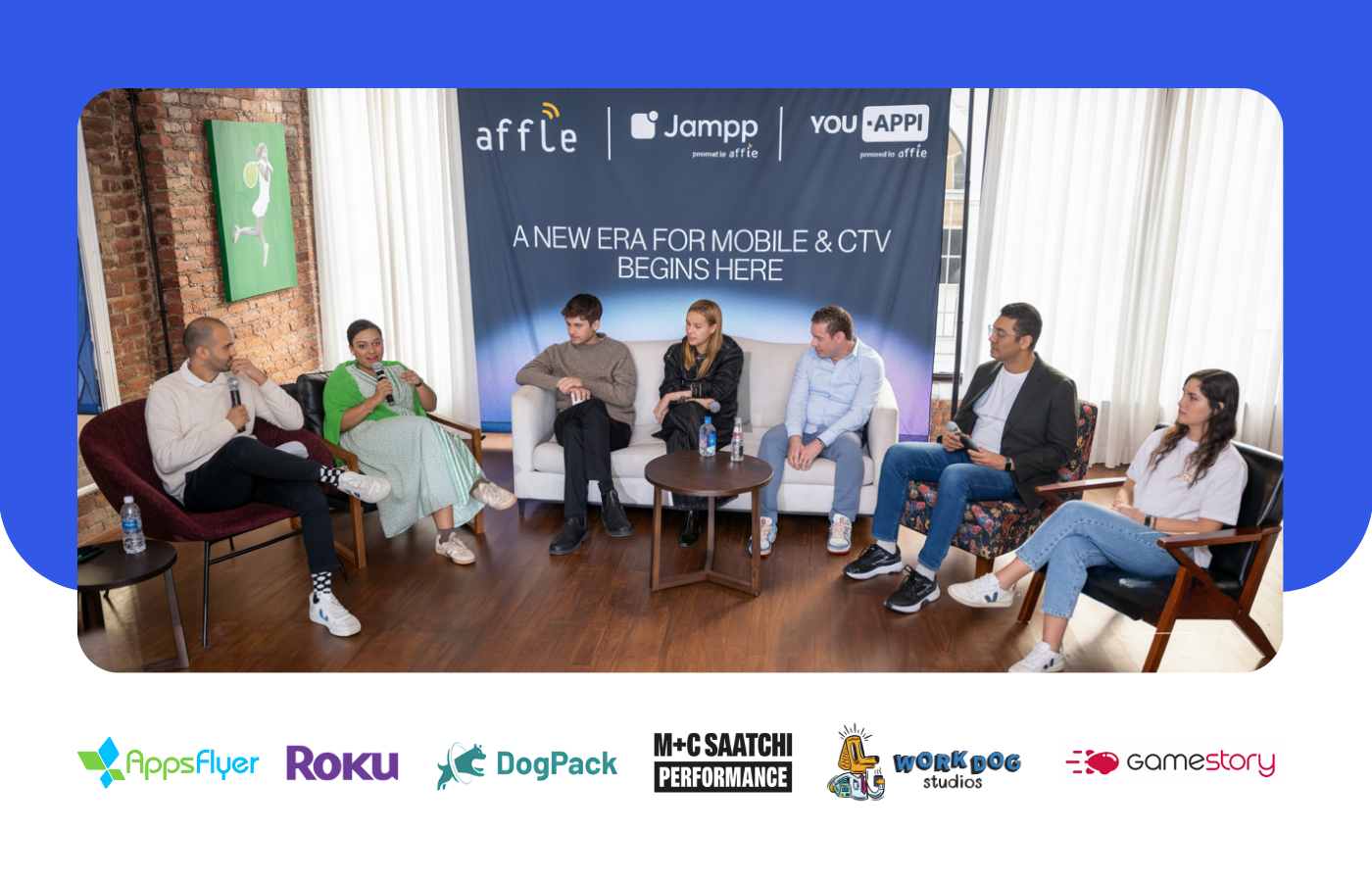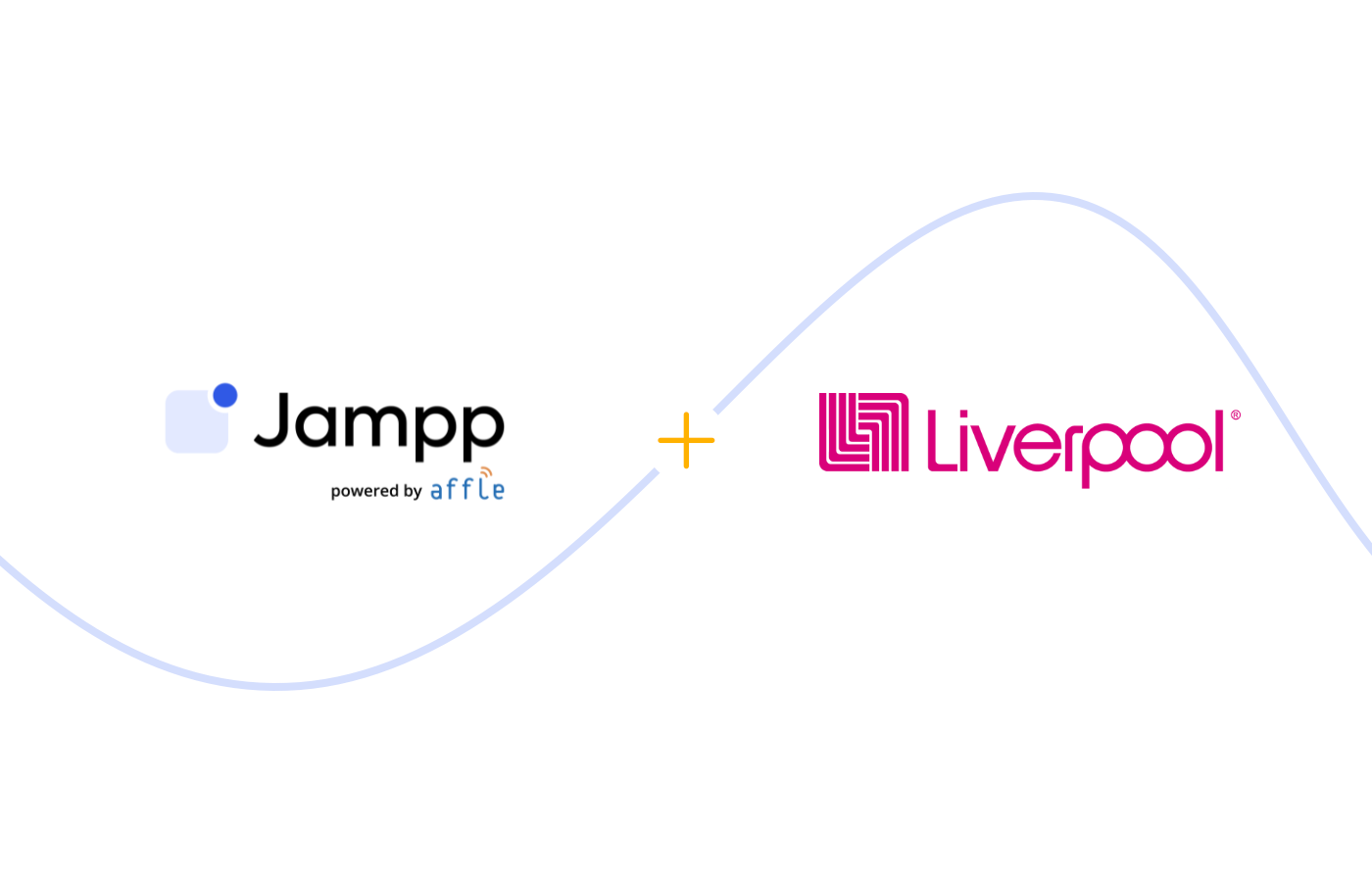AdAttributionKit vs SKAdNetwork: What’s changing?
Will Apple’s AdAttributionKit (AAK) replace SKAdNetwork (SKAN)? Dive into the latest updates and next steps👇.
June 26, 2024

Many were eagerly anticipating an SKAN 5 announcement at WWDC 2024, but Apple had a different surprise in store. New documentation released before the event unveiled AdAttributionKit, a new privacy-first attribution framework. But why is Apple launching this framework now? And what does this mean for SKAN campaigns? 🤔
In this post, we’ll cover:
1️⃣ What is AdAttributionKit?
2️⃣ How is AdAttributionKit different from SKAN?
3️⃣ Will SKAdNetwork stop working?
4️⃣ Does AdAttributionKit work in tandem with SKAdNetwork?
5️⃣ How does re-engagement work in AdAttribution?
6️⃣ What about fingerprinting?
Let’s dive in 👇
What is App AdAttributionKit?
App AdAttributionKit (yet to be "officially" acronymized by the industry, though AAK and AdKit seem to be strong contenders) is a new privacy-focused attribution system discreetly released by Apple as part of iOS 17.4+, with the goal of “presenting, processing, and registering postbacks for in-app ads in the App Store and alternative app marketplaces”—this last aspect being one of the main differences with SKAN, which only works with the App Store.
How different is AdAttributionKit from SKAdNetwork?
In Apple’s words, “AdAttributionKit is built on top of SKAdNetwork fundamentals” and is very similar in the sense that both frameworks are powered by crowd anonymity. Overall, AAK seems more like the SKAN 5 version the industry had been expecting rather than an entirely new framework.
Similarities between AAK and SKAN
Many functionalities are the same across both frameworks:
- Crowd anonymity is used to identify the level of privacy assured to an app user based on the number of installs generated in a mobile marketing campaign. The more conversions your campaign generates, the more granular the data you’ll see in your postbacks.
- Conversion values are used to collect behavioral data and optimize campaign performance. In both frameworks, these are classified into fine-grained conversion values or coarse-grained conversion values.
- Random timers and LockWindow also mimic the latest SKAN 4.0 updates: every campaign has up to 3 randomized timers, each associated with a specific conversion window.
- Source identifiers, an indicator used by growth partners, can have a maximum of 4 digits and a minimum of 2 based on the level of crowd anonymity, just like in the latest SKAN version.
- Attribution windows continue to follow the industry standard: 24 hours for VTA and 30 days for CTA.
Differences between AAK and SKAN: What’s changing?
As Eran Friedman from Singular explained in their Welcome to AdAttributionKit webinar, for partners like MMPs and DSPs “AdAttributionKit is not a major leap from SKAN 4 [...] It’s nothing compared to the massive amount of work that would require to move from SKAN 3 to SKAN 4”.
- Ad interaction types: AAK distinguishes between a user tapping and viewing an ad for attribution purposes. The value of this field varies according to different “presentation methods” or ad types:
- Custom click ads: Clickable mobile ads as we know them today. Viewing this type of ad does not generate an “impression”, but tapping on it does count as an ad interaction type of “click”.
- View-through ads: Non-clickable ads such as video. Viewing this type of ad generates an interaction ad type of “view”, but tapping on it does not count as a “click”.
- SK creative features: It’s the case of SKOverlay, an Apple feature that displays a bottom banner on top of an existing ad, and SKStoreProductViewController, a feature that allows users to purchase media from the App Store. Both features are also available in SKAN, but can now be used to track any other activity outside of the App Store. Presenting these ads for 2 seconds counts as a “view”; and, when the user taps on these ads, it counts as a “click”.
- Alternative marketplaces: Unlike SKAN, which only works with the App Store, AdAttributionKit works with both the App Store and alternative app marketplaces.
- Re-engagement: A long-awaited feature that allows marketers to run campaigns focused on bringing users back to an already installed app. We’ll dive into this new feature later in this article.
- Developer mode: A new tool for developers that makes AdAttributionKit testing simpler, with shorter conversion windows, faster postbacks, and no time randomization.
Will SKAdNetwork stop working?
No, Apple has clarified that both frameworks work interoperably. Given the multiple similarities across both, advertisers who are already testing SKAN have the upper hand and will find it easier to begin testing AAK.
Can AdAttribution and SKAdNetwork be used together? Do I have to pick just one?
Both can be used simultaneously. For campaigns leveraging both, Apple has established specific criteria to determine which one wins the attribution:
- Taps take precedence over views:
“If a person saw more than one advertisement, the attribution goes to the ad a person most recently tapped. If a person didn’t tap any ads, attribution goes to the ad a person most recently viewed.”
- Click-through ads (e.g. display banner) always take precedence over view-through ads (e.g. video ad), attributing a higher intent to a click.
- For impressions, in each click-through or view-through bucket, the system sorts them based on timestamp.
- AAK considers up to six impressions for any conversion.
How does re-engagement work in AdAttributionKit?
In AdAttributionKit, re-engagement allows marketers to bring existing users back to the promoted app. For example, reaching a user who installed an app but hasn’t completed the registration process, encouraging a user to make more purchases or try new services, or re-activating lapsed users.
To run re-engagement campaigns, an impression will need to be “considered for re-engagement conversions”. To that end, developers will need to use the “eligible-for-re-engagement” parameter. However, this doesn’t mean that your campaigns will only register re-engagements: this property will adapt based on whether the promoted app is already installed or not.

When a user taps an ad that is eligible for re-engagement, AdAttributionKit opens the app and a re-engagement URL is passed to it. This parameter will allow advertisers to identify which conversions were generated by an AAK re-engagement.

Here are other aspects to keep in mind:
- Re-engagement conversions can only have an ad interaction type of “click”
- AAK does not support view-through re-engagement
- Conversion values will be updated within 48 hours of the conversion
- Re-engagement postbacks can be updated either separately from or together with install postbacks
What about fingerprinting?
The latest Apple documentation reminded readers that fingerprinting is not allowed. However, no further efforts have been made to ban or prohibit this practice. While measures such as privacy manifests and required reasons API are intended to limit fingerprinting, they do not completely block it.
Wrapping up: Navigating AdAttributionKit and the Privacy Era
While growth partners like Jampp have already started getting ready for AAK, the industry typically takes longer to test new initiatives. For example, SKAN 4 was officially released on October 24, 2022, but industry adoption only began gaining traction towards the end of 2023, mainly driven by programmatic mobile DSPs.

While re-engagement and the potential to leverage attributions beyond Apple’s App Store might be appealing to advertisers, we don't expect a massive adoption of AAK or a significant shift from SKAN to AAK in the near future. However, we encourage advertisers to collaborate with experienced growth partners who have a proven track record with SKAN and can leverage existing campaign optimization models to quickly implement and start testing AAK.
Let’s chat!
If you have any questions related to AAK or SKAN, drop us a line for a quick chat or a dedicated session with our team of experts. For useful assets and case studies on SKAN, visit our Privacy hub or download our SKAN 4.0 guide.

Subscribe to our email newsletter









